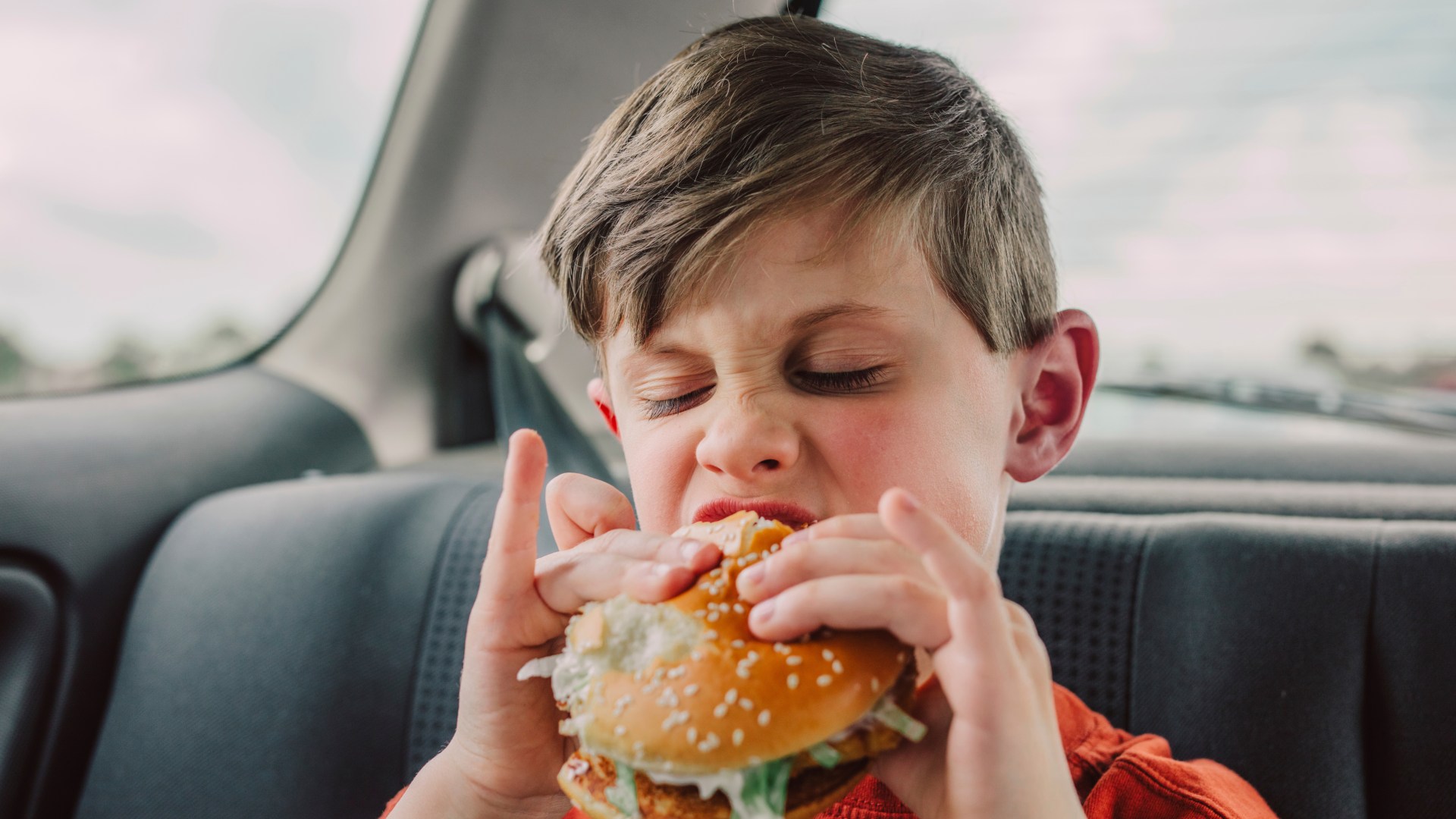APOLOGIES if you’re reading this with a glass of something boozy in hand, but the truth hurts: drinking increases your risk of cancer.
Experts from Cancer Research UK (CRUK) and the US National Cancer Institute (NCI), all agree that alcohol contributes to at least seven different types of cancers, including breast, bowel and voice box.
3

3
Yet, a new report suggests that most people are unaware of the established risk.
Experts at the American Association for Cancer Research found more than half (51 per cent) of people in the US don’t know that alcohol increases your risk of cancer.
Elsewhere, like in the UK and Europe, other research has shown public awareness may be even lower.
Perhaps this isn’t too surprising given the growing debate within the scientific community over recent years about how much alcohol is truly ‘safe’ to consume.
Is a glass of red wine not good for our hearts? Is a drink or two not good for relaxing you and reducing harmful swelling and damage in the blood vessels?
Even if this may be true, a report published on the NCI’s website, suggests as little as one drink per day is enough to increase your risk of several cancers, challenging the idea that a glass of wine with dinner is ‘fine’.
Dr Therese Bevers, medical director of MD Anderson’s Cancer Prevention Center, said: “The important thing to remember is that every time you drink, you increase your cancer risk.
“As with cigarettes and processed meat, there is no safe amount of alcohol”.
In the UK, approximately 29.2 million adults reported having drunk alcohol, which is around 57 per cent of the adult population, according to the Office for National Statistics.
Each year, around 12,000 Brits are diagnosed with cancers linked to alcohol, leading to an estimated 4,200 deaths.
Similar high figures relating to booze can be seen around the world, including in the US.
How much alcohol can I drink?
Because drinking is so common, researchers at the NCI have begun to keep track of emerging trends linking alcohol to certain cancers.
They found that if you’re a woman who has seven drinks per week or a man who has 14 drinks per week – otherwise known as a moderate drinker – your risk of developing mouth and throat cancers is 1.8 times higher than those who don’t drink.
The threshold is higher for men as they usually process alcohol faster than women, so it affects them differently, Dr Therese said
The report defines one drink as either 350ml (12 ounces) of beer, a shot of a spirit or 145ml (five ounces) of wine.

3
For the same amount of boozing, your risk of developing cancer in the voice box is 1.4 times higher than people who don’t drink.
Men who drink 15 or more drinks per week and women who drink eight or more drinks per week – otherwise known as heavy drinkers – have a 2.6 higher risk of developing the disease.
The same groups have a five times greater risk of developing mouth and throat cancers.
Drinking a moderate amount of alcohol raises your risk for developing cancers of the oesophagus – the tube that connects the throat to the stomach – by 1.3 times higher than not touching booze.
Heavy drinking increases your risk of this cancer five times higher than if you weren’t to drink at all.
In the mouth and throat, alcohol can be an irritant, damaging and inflaming the delicate cells that line the area, according to CRUK.
This can also make the cells more susceptible to damage from carcinogens, like cigarette smoke.
How does alcohol cause cancer and what types?

There are many ways that alcohol can cause cancer. Some of the main ways are:
- It damages our cells: When we drink alcohol, our bodies turn it into a chemical, called acetaldehyde. Acetaldehyde can damage our cells and can also stop cells from repairing this damage.
- Changes to hormones: Alcohol can increase the levels of some hormones in our bodies such as oestrogen and insulin. Hormones are chemical messengers, and higher levels of oestrogen and insulin can make cells divide more often. This increases the chance that cancer will develop.
- Changes to cells in the mouth and throat: Alcohol can make it easier for cells in the mouth and throat to absorb harmful chemicals that cause damage.
Remember, it’s the alcohol itself that damages your body, even in small amounts. It doesn’t matter whether you drink beer, wine or spirits.
All types of alcohol can cause cancer.
There are plenty of tricks that people claim ‘cure’ hangovers.
But even if they work for your hangover, they don’t reverse the damage caused by drinking alcohol.
What types of cancer does alcohol cause?
Drinking alcohol causes 7 different types of cancer. This includes:
- Upper throat
- Mouth
- Voice box
- Oesophagus
- Breast
- Liver
- Bowel
Source: CRUK
Scientists haven’t found an increased risk of liver cancer in moderate drinkers.
But in heavy drinkers, the risk for liver cancer is two times higher than in teetotalers.
This is because drinking alcohol long-term can cause cirrhosis of the liver, which, in turn, increases the risk of liver cancer.
Moderate drinkers experience a 1.2 times higher risk for colorectal cancers than those who don’t drink.
Heavy drinkers, on the other hand, have a 1.5 times higher risk of cancers of the bowel and the rectum than those who don’t drink.
Experts believe this is because alcohol can damage the cells that line the inside of the bowel, which makes it more likely for cancer to develop.
Moving beyond the digestive tract, scientists have found that women who drink moderately have a 1.23 times higher risk of developing breast cancer than those who don’t drink at all.
Doctors have said that this could be because alcohol can increase the amount of female hormone oestrogen circulating in the body.
High levels of oestrogen have previously been linked to an increased risk of breast cancer.
How to cut back on drinking

If you’re concerned about your drinking, a good first step is to see a GP.
They’ll be able to give advice and support on how to manage your drinking habits and cut back safely.
This might involve counselling, medicines or detox services.
There are many charities and support groups you can join or speak to, as well as helplines:




